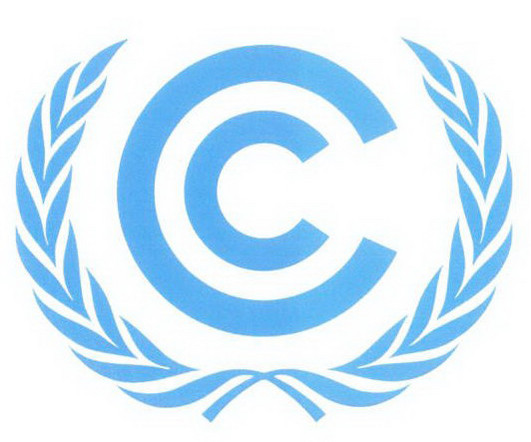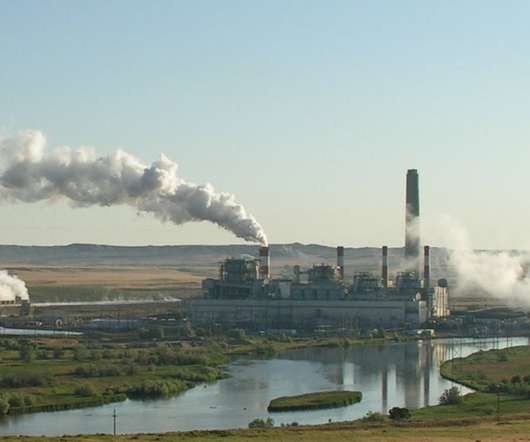Guest blog post: Japanese Court Upholds Mistakes in post-disaster Energy Policy in Yokosuka Climate Case Decisions
Law Columbia
MAY 31, 2024
Background Immediately after the Fukushima nuclear accident in 2011, all nuclear power plants in Japan were shut down. This led to a considerable decrease in Japan’s overall electricity supply, leading to concerns about potential outages. Additionally, some nuclear power plants had restarted operations.















Let's personalize your content